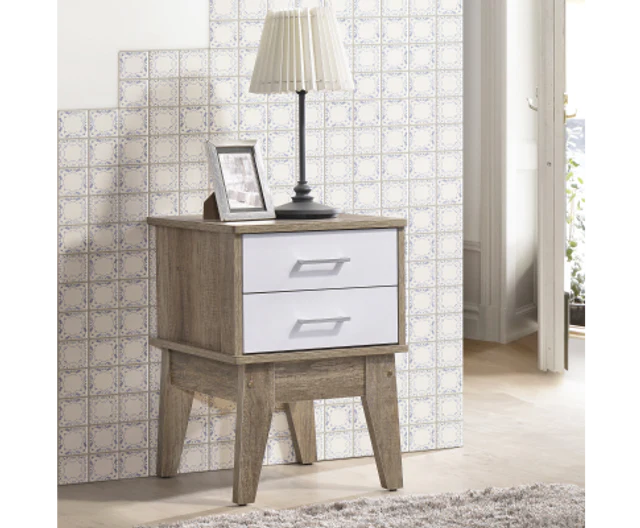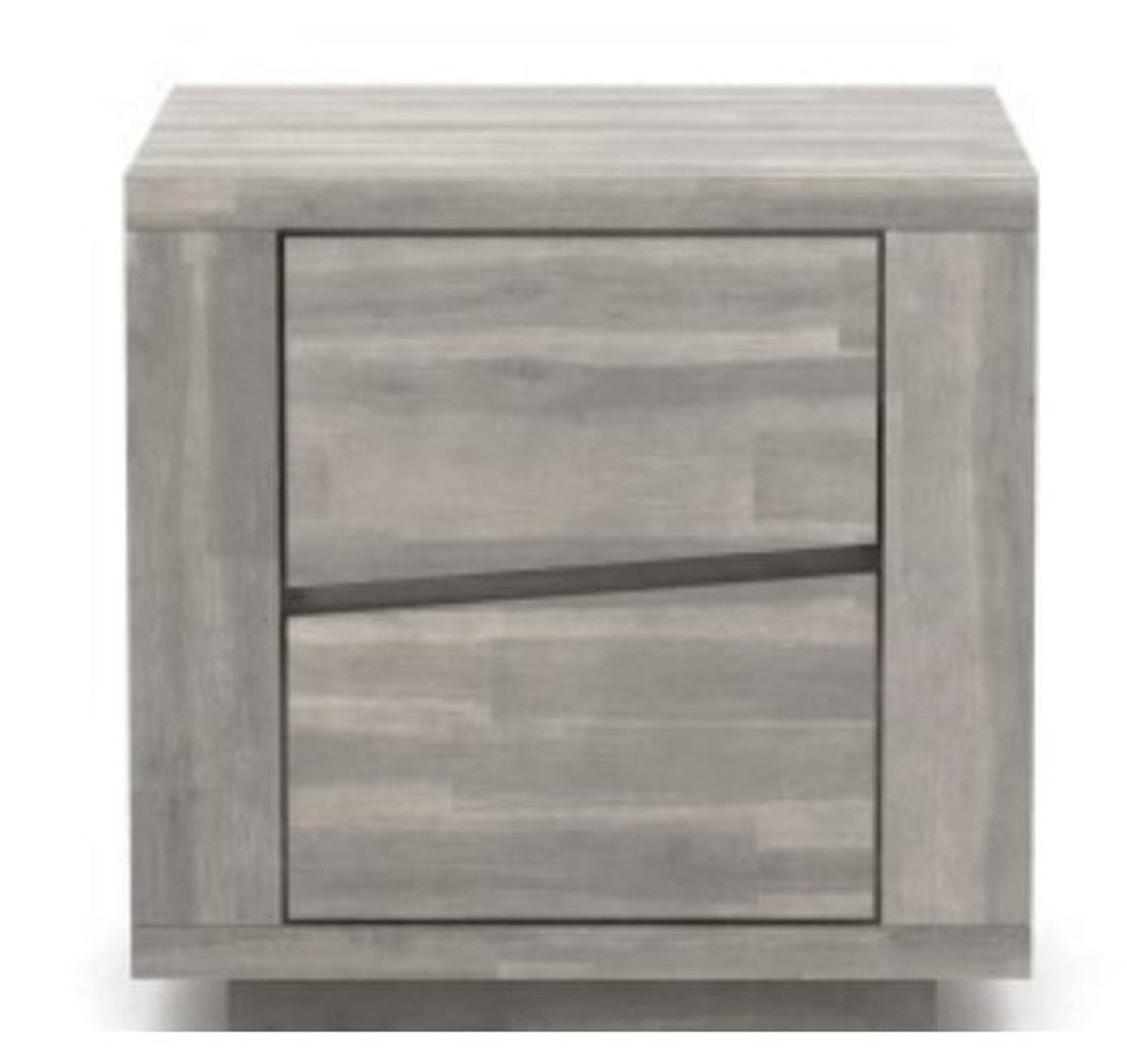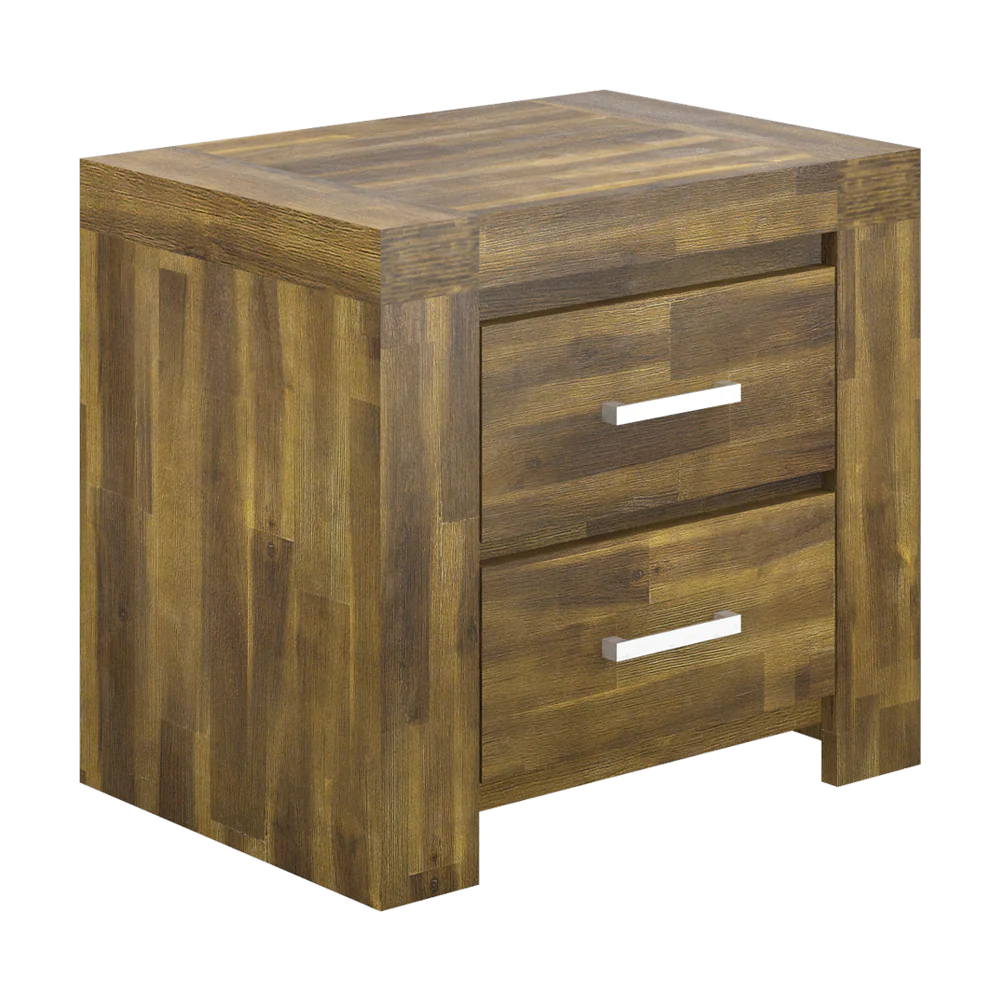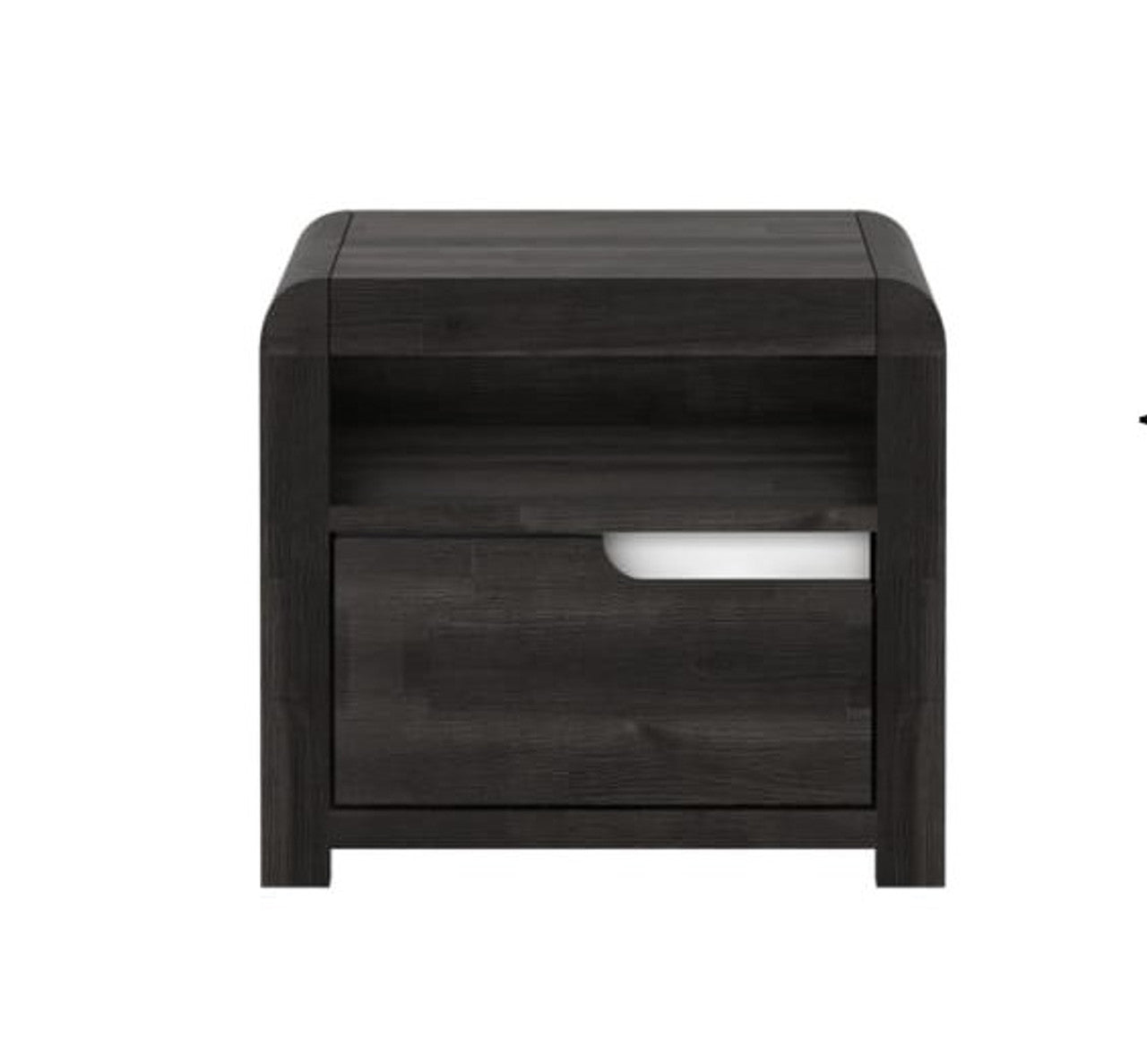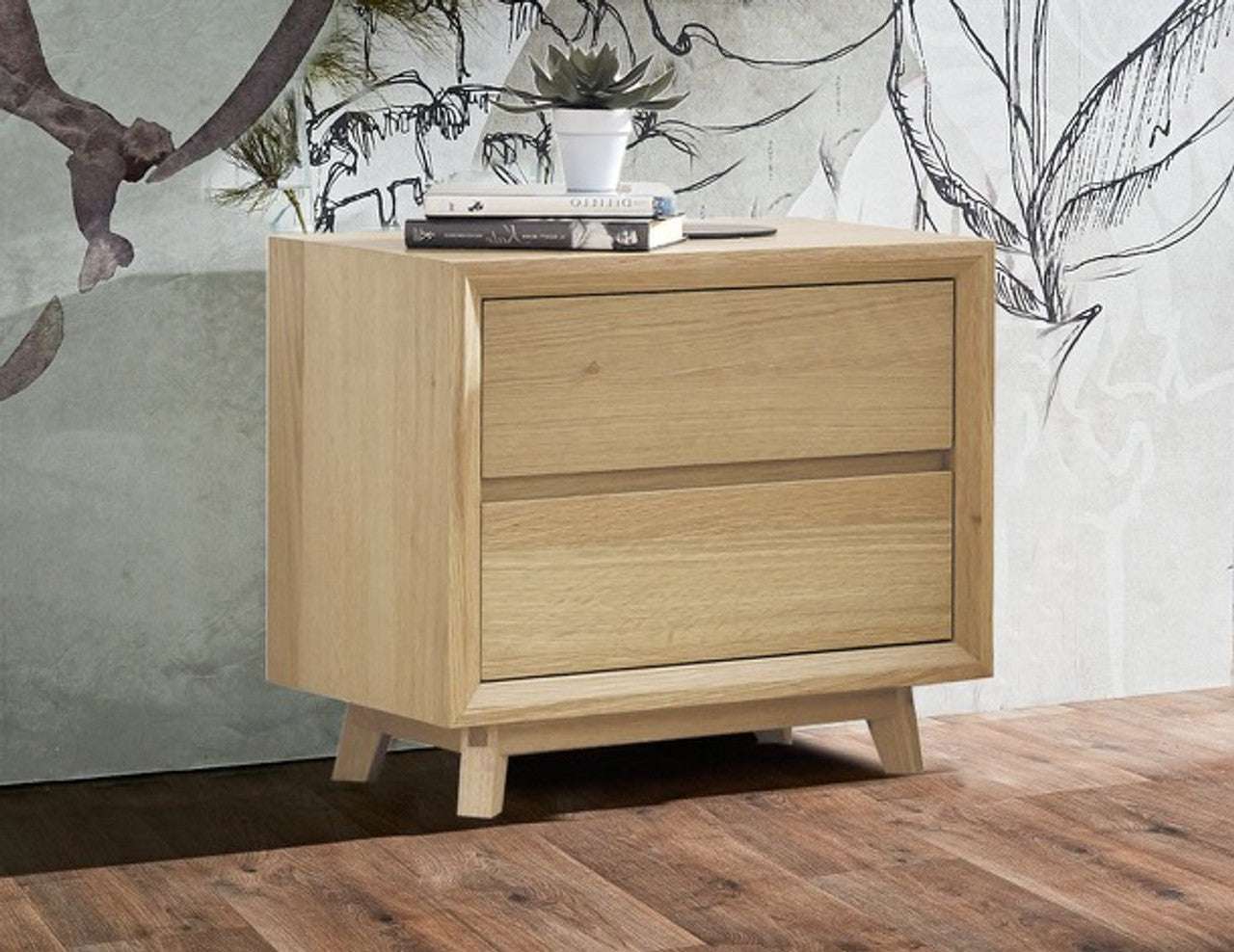Bed Side Tables FAQs
1. What is the standard height for a bedside table?
The typical height for a nightstand ranges from 24 to 28 inches, which will complement most bed heights and allow users easy access to all the necessities such as lamps, books and telephones.
2. What materials are best for bedside tables?
Common materials include solid wood, MDF, metal, and glass. Solid wood is durable and timeless, while MDF and laminates offer budget-friendly options with various finishes.
3. Should bedside tables match the bed?
While matching bedside tables create a cohesive look, mixing styles can add contrast and character. Just make sure the heights and finishes complement each other.
4. Can you use different bedside tables in a bedroom?
Yes, mismatched bedside tables are very much trending. If you combine with a mix of styles or colors, make sure they are balanced in terms of size, height and theme.
5. Do all bedroom furniture sets include bedside tables?
Most bedroom suites include at least one or two bedside tables, but not all do. Always check the product listing to confirm what’s included.
6. How do I choose the right bedside table for my bedroom?
Consider your bed height, storage needs, and overall bedroom style. Choose a piece that’s functional, fits your space, and matches or complements your bed.
7. Are bedside tables with drawers better than open shelves?
Drawer-style bedside tables offer concealed storage for a tidy look, while open shelves provide quick access and are ideal for décor or books.
8. Where should I place my bedside table?
Position your bedside table next to the headboard within arm’s reach. For balance, place one on each side of the bed, especially in shared bedrooms.

